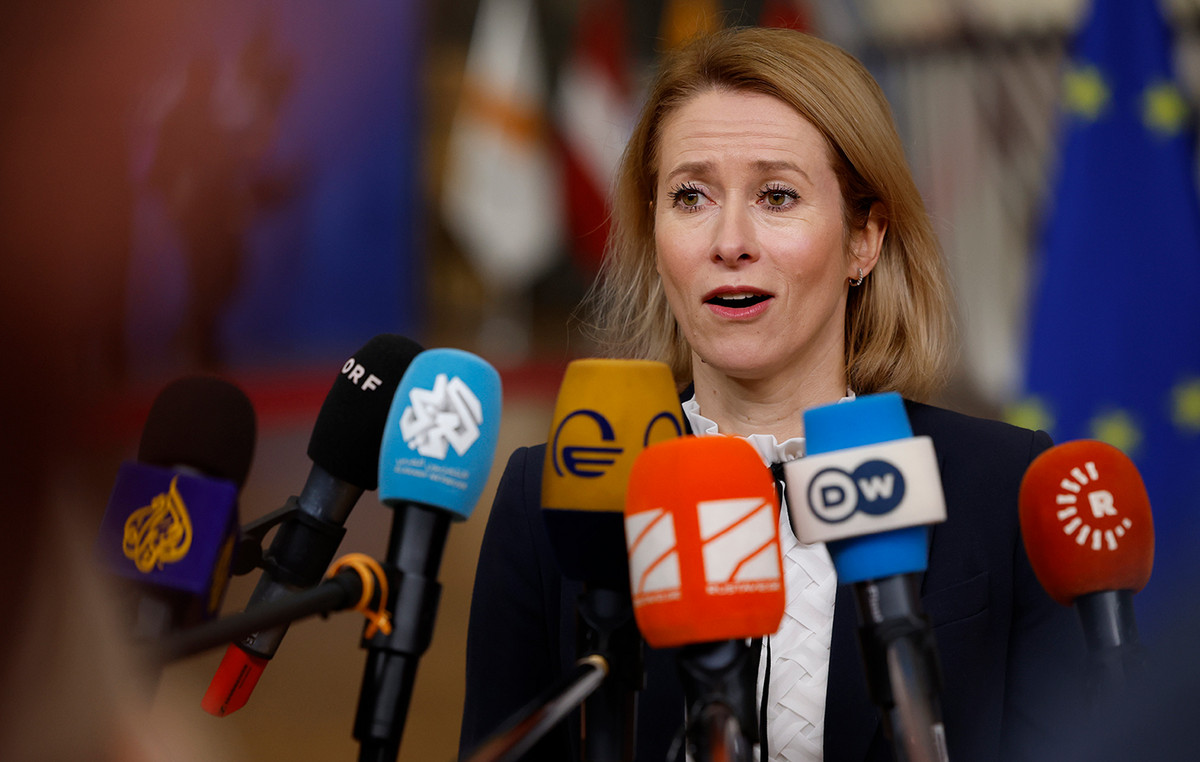- The Indian Rupee strengthens in the Asian session on Monday.
- Significant capital outflows could undermine the INR, but the RBI’s likely intervention could limit its losses.
- Investors await Fed speeches on Monday for fresh impetus.
The Indian Rupee (INR) recovers on Monday amid falling crude oil prices and softening of the US Dollar (USD). Persistent outflows from Indian stocks could put some selling pressure on the local currency in the near term.
However, interventions by the Reserve Bank of India (RBI) through USD sales could help limit INR losses. Looking ahead, investors will monitor speeches by Neel Kashkari and Jeffrey Schmid of the Federal Reserve (Fed) on Monday for fresh impetus.
Daily Market Summary: Indian Rupee Rebounds, Upside Potential Seems Limited
- Foreign portfolio investors have sold a net amount of $8.4 billion so far in October, surpassing the previous outflow record of $8.35 billion set in March 2020.
- Atlanta Fed President Raphael Bostic said Friday that he is in no rush to cut rates and sees the possibility of a rate cut in the central bank’s policy rate to somewhere between 3% and 3%. 5% by the end of next year, according to Reuters.
- According to the CME’s FedWatch tool, traders have priced in a nearly 92.6% probability of a 25 basis point (bp) rate cut from the Fed in November.
- US building permits fell 2.9% to 1.428 million in September from 1.47 million in August, missing estimates of 1.46 million.
- Housing starts for September decreased 0.5% to 1.354 million from 1.361 million previously, above the consensus of 1.35 million.
Technical Analysis: USD/INR maintains positive image in the long term
The Indian Rupee rises on the day. Technically, the bullish outlook for the USD/INR pair prevails on the daily time frame, with the price holding above the ascending trend line and the key 100-day exponential moving average (EMA). The 14-day Relative Strength Index (RSI) is above the midline near 60.00, suggesting that further upside looks favorable.
Continued demand above the all-time high of 84.15 could lead to a bullish rally that could take USD/INR to 84.50, en route towards the psychological level of 85.00.
On the downside, a decisive break below the 84.00 ascending trend line could revisit the previous support level at 83.71, the 100-day EMA. The next containment level to watch is 83.00, which represents the round mark and the May 24 low.
Indian Rupee FAQs
The Indian Rupee (INR) is one of the currencies most sensitive to external factors. The price of crude oil (the country relies heavily on imported oil), the value of the US Dollar (most trade is done in US dollars), and the level of foreign investment are all influential factors. The direct intervention of the Reserve Bank of India (RBI) in the foreign exchange markets to keep the exchange rate stable as well as the level of interest rates set by the RBI are other important factors influencing the Rupee. .
The Reserve Bank of India (RBI) actively intervenes in foreign exchange markets to maintain a stable exchange rate and help facilitate trade. Additionally, the RBI tries to keep the inflation rate at its target of 4% by adjusting interest rates. Higher interest rates tend to strengthen the Rupee. This is due to the role of the “carry trade”, in which investors borrow in countries with lower interest rates to park their money in countries that offer relatively higher interest rates and profit from the difference.
Macroeconomic factors that influence the value of the Rupee include inflation, interest rates, economic growth rate (GDP), trade balance and foreign investment inflows. A higher growth rate can lead to more investment abroad, increasing demand for the Rupee. A less negative trade balance will eventually lead to a stronger Rupee. Higher interest rates, especially real rates (interest rates minus inflation) are also positive for the Rupee. A risk environment can lead to higher inflows of foreign direct and indirect investment (FDI and FII), which also benefit the Rupee.
Higher inflation, particularly if it is comparatively higher than other countries, is generally negative for the currency as it reflects a devaluation through excess supply. Inflation also increases the cost of exports, leading to more rupees being sold to buy foreign imports, which is negative for the Indian Rupee. At the same time, higher inflation usually leads the Reserve Bank of India (RBI) to raise interest rates and this can be positive for the Rupee, due to increased demand from international investors. The opposite effect applies to lower inflation.
Source: Fx Street
I am Joshua Winder, a senior-level journalist and editor at World Stock Market. I specialize in covering news related to the stock market and economic trends. With more than 8 years of experience in this field, I have become an expert in financial reporting.








